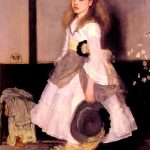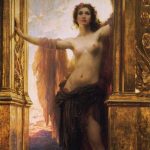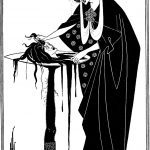James Ensor was a man with many faces. Born in Ostend, Belgium in 1860, he was the son of an English father and a Flemish mother. He grew up in a house that was filled with his mother’s collection of masks and carnival costumes, which would later influence his art.
As a young man, Ensor studied at the Académie Royale des Beaux-Arts in Brussels. However, he quickly became dissatisfied with the traditional style of art that was being taught there. He was more interested in the avant-garde movements such as Impressionism and Symbolism.
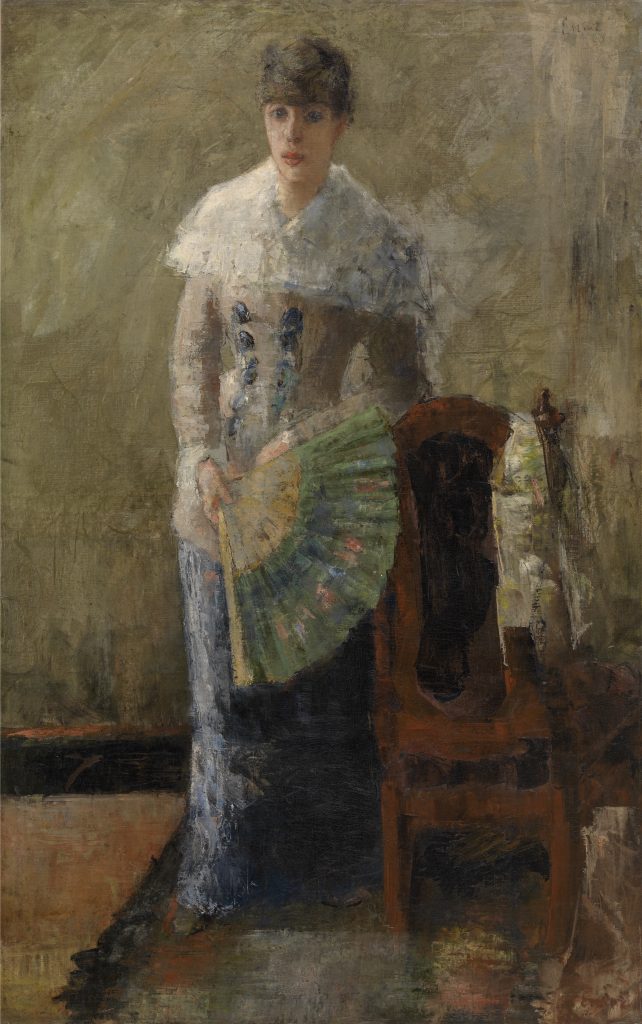
Ensor’s early work was heavily influenced by the Symbolist movement. He used dark and moody colors to convey a sense of melancholy and despair. His paintings often depicted grotesque and distorted figures that symbolized the human condition.
In 1883, Ensor produced his most famous work, “Christ’s Entry into Brussels.” The painting is a chaotic representation of a parade in Brussels, with a crucified Christ in the center. The painting caused a scandal when it was first exhibited, but it also established Ensor as a major figure in the avant-garde art scene.
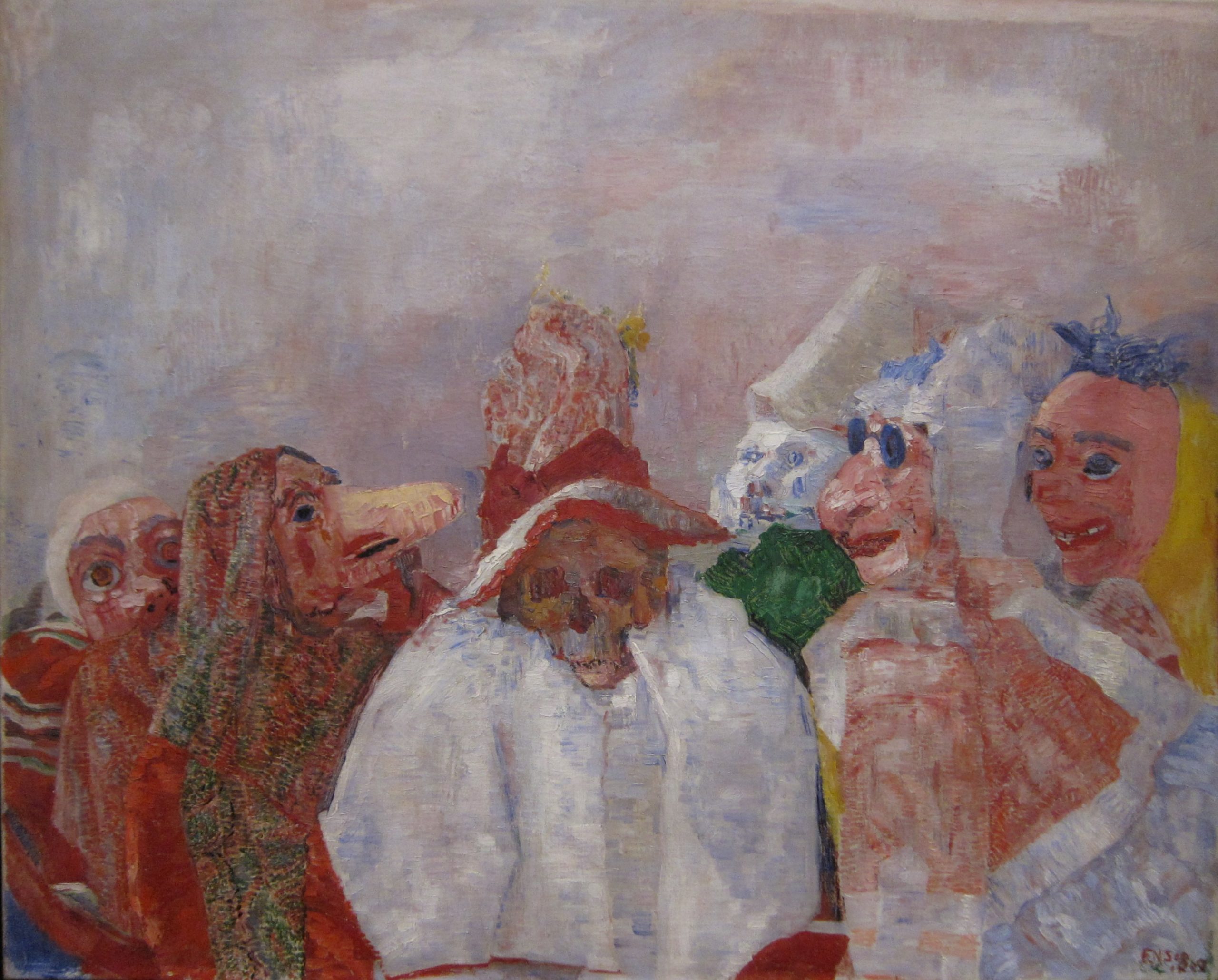
Ensor continued to experiment with different styles and techniques throughout his career. He created a series of paintings and etchings that depicted the masks and costumes that he had grown up with. These works are now considered some of his most important.
In the years leading up to World War I, Ensor became increasingly reclusive. He spent much of his time in his home in Ostend, where he continued to paint and create etchings. His style became more abstract and surreal.
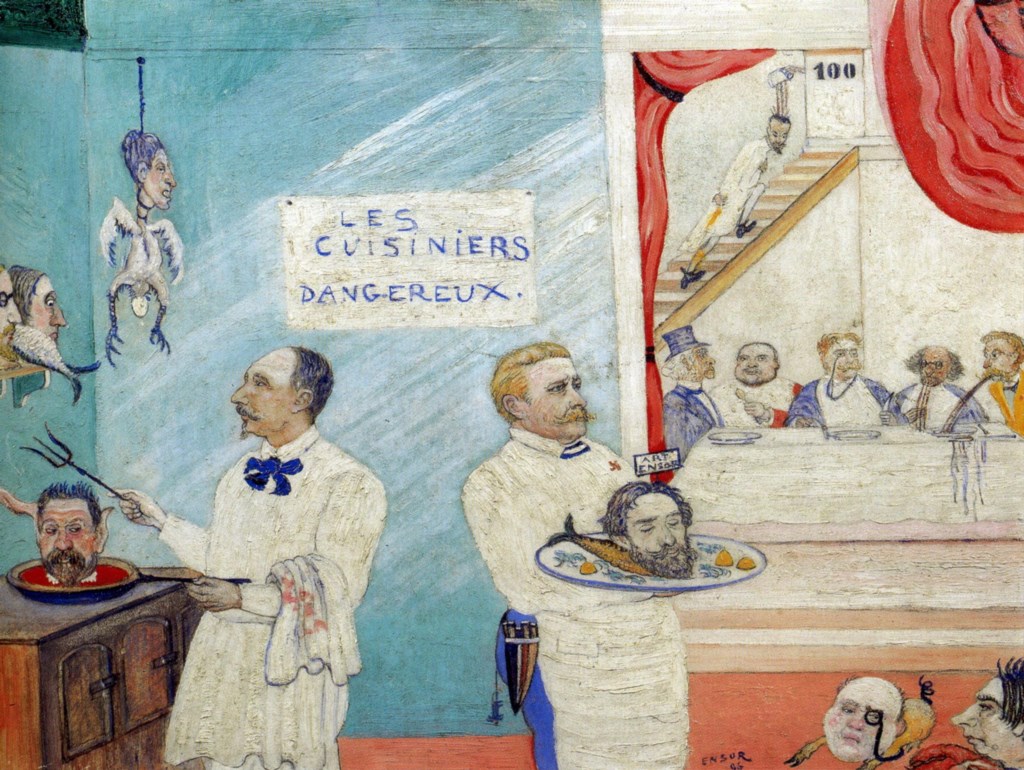
Ensor died in 1949, at the age of 88. Despite being one of the most important artists of his time, he remained largely unknown to the general public until after his death. It wasn’t until the 1960s that his work began to gain wider recognition.
James Ensor was a complex and enigmatic figure. His work was ahead of its time and he was often misunderstood by his contemporaries. Despite this, he remained true to his vision and created some of the most original and memorable art of the 19th century.


